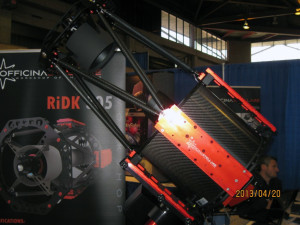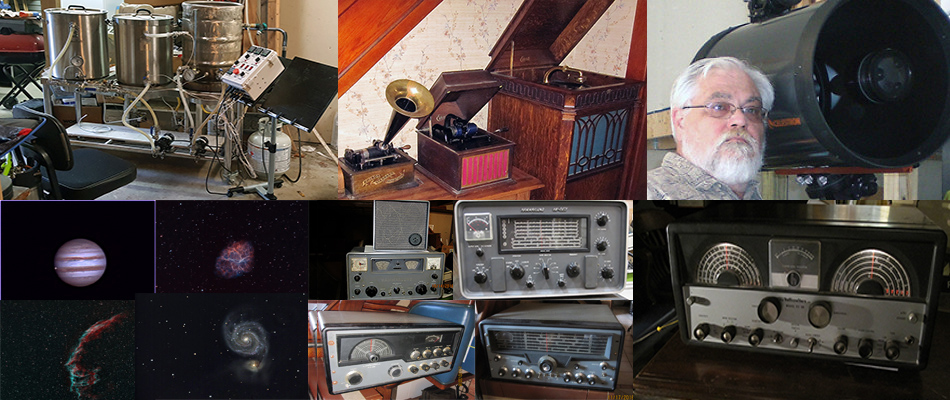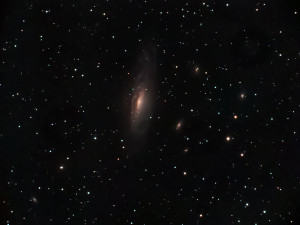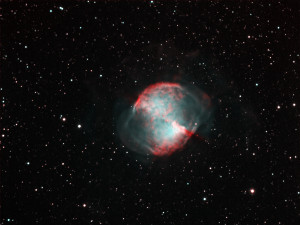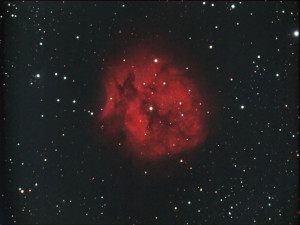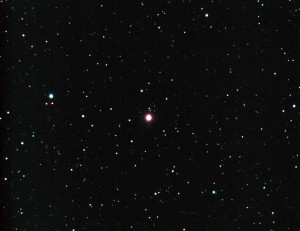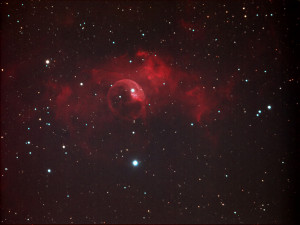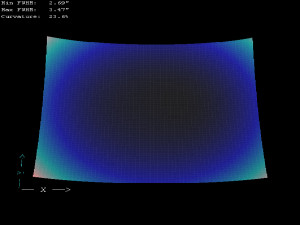
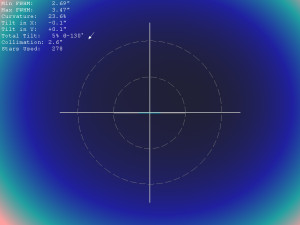
Let me preface this post with a warning not to read too much into the above images. They are indicative of a software estimation of the effects of field curvature under the conditions at the time of the test images, using the particular camera and OTA. They are most useful for comparing different instruments if the test images contain similar distributions of stars and if the camera chip sizes are similar, not for deriving an actual measurement of anything.
In this case, the OTA is a Meade 12″ LX850 tube, the camera is an QSI683WSG-8, the starfield is centered around Albireo, and seeing was mediocre (see the FWHM measurements). The charts were generated from calibrated but unprocessed FITS images by CCDWare’s CCDInspector. BTW, I strongly recommend CCDI; I don’t shoot without it. It lets you know just how everything is working. There’s still a bit of focuser tilt (in MY focuser, not Meade’s!) but it’s not bad enough to affect what the charts are trying to show.
I have old images from a conventional F/10 Meade SCT somewhere around here (they’d be ten years old by now). I was using a camera with a fairly similar chip size – and if I want to I can crop them from APS size to 8300 size to make then the same. Some should contain appropriate starfields (the results are distorted if a bright DSO or too many bright stars are in the field). When I find them I’ll post the same analyses for comparison.
Bottom line? The ACF (and especially the F/8 ACF) tubes are said to be flatter than the conventional F/10 SCT of the same aperture – but they obviously aren’t FLAT flat. That’s fine if the end result is curvature you can live with – or if you have a suitable external flattener. I might have something suitable here. The next step is to take similar images using a couple of flatteners I have lying around and see how they do.
It’s a matter of design priorities. The Edge HD starts with a conventional SCT (spherical mirrors plus a Schmidt corrector) and then adds even more refractive optics to correct for coma and to flatten the field. Neither is (or can be) perfectly effective – but the results are a very large improvement and folks like them. Meade’s approach was to accept the necessity of the Schmidt corrector, but not to add any more correctors inside. They instead selected mirror curves that don’t generate coma in the first place; more of a purist attitude. I’m just barely willing to accept the Schmidt corrector (my preference is really for a pure Cass reflector like the RC, though the more I shoot through this thing the more I like it) and prefer a design that doesn’t pile on more elements. If I need a flattener I can add one of my choice – and if I don’t need one I can skip the extra stuff entirely. What I don’t know yet is whether it is really flatter than a conventional SCT or if just seems to be because the lack of coma makes the corners look better anyway – and if so, how is that achieved? I intend to find out. Watch for updates on this subject.
p.s. Has anyone seen the RiDK 305 by Officina Stellare? It’s similar to a CDK and has internal correcting elements. I’m forced to admit that I was VERY impressed by the one I saw. Of course, it costs 50% more than the whole 12″ LX850 combo…
